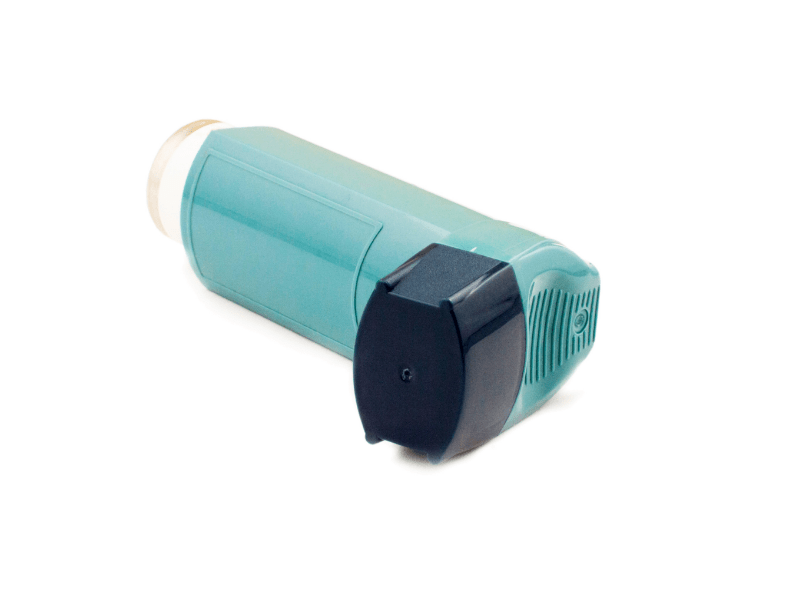
Michael
Creese
Operations Director, Chemistry, Medical Device Testing
United Kingdom
Contact Michael
The risk assessment is undertaken because there are significant differences in pharmaceutical packaging systems based on numerous factors. Each of these factors must be evaluated as part of the risk assessment:

The daily dose has a significant impact on the risk. The larger the dose and the more frequent the dosing, e.g. multiple times per day, the bigger the risk as there is a greater opportunity for exposure to leachable species.
The risk associated with the route of administration is taken from the US FDA guidance, with the highest concern being associated with inhalation aerosols and sprays, followed by injectable solutions, with transdermal and ophthalmic applications with lower risk profiles. The lowest risk is reserved for solid oral dosage form such as tablets.
The toxicity of the leachables and the corresponding limits depend on the identification of the leachables. There are some leachables, known as special case leachables, which have limits as low as reasonably practicable (ALARP). The remainder of the toxicity evaluation depends upon the identification of the leachables and the route of administration.
The risk associated with a liquid-based dosage differs from a powder or a solid, since a liquid or even gaseous based dosage form is more likely to interact with the delivery system components than solid formulations. However, leachables are often seen with solid dosage forms such as lyophilised products.
The very young or very old may be at greater risk due to metabolic differences and the nature of the chemical toxicity. Women of childbearing potential may also be at greater risk. If a drug is to treat a terminal or life threatening condition then a greater risk acceptance may be applied. If there is also delivery to a damaged organ, e.g. the lung in COPD, then a lower acceptance of risk may be applicable.
The longer the duration of the treatment, the higher the risk to the patient. The risk of a flu vaccination that you may have once a year is far less than that from an insulin injection that is administered multiple times per day for the remainder of the patient’s life.
As a general rule metals have lower risk than glass followed by plastics and finally the highest risk materials are elastomers.
For plastics and elastomers the more crystalline the material the less likely it is that leaching will occur, hence typically plastics are lower risk than elastomers. Plastics are typically simpler formulations. For these higher risk groups, Smithers has decades of proven experience in the assessment of material interactions. This knowledge ensures that the correct assignment of risk is used for your evaluation.
Glass is also not risk free but is of lower risk than plastics or elastomers. One well known source of potential risk from glass is delamination. This is when small flakes of glass break off and end up in the product. This typically happens with high pH or high ionic strength solutions and with citrate buffers. Finally, metals are not risk free. For example, any cleaning agents used to clean metal parts could leach into the final product.
Smithers experts can assist companies determine the risk profile of their product and undertake a relevant, tailored extractables and leachables programme. Our laboratories are UKAS accredited to ISO 17025.
Find out more about our extractables and leachables testing services.